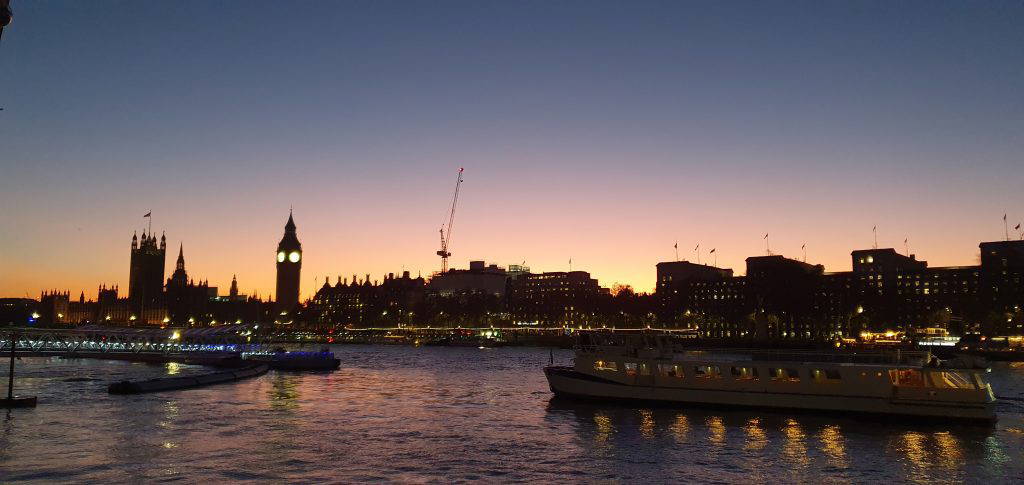Towards a new London Plan – consultation | London City Hall
There is a consultation running on the new London Plan from 9 May – 22 June 2025.
The new plan will cover London’s housing needs from 2026 for 10 years and the plan itself is intended to run from adoption to 2050. However, many of the measures needed to increase housing supply need more time to put in place, so measures needed beyond 10 years will also be planned for.
The Government’s revised standard method calculation results in a housing need for London of 87,992 new homes per year. For planning, London is treated as one large housing market and the London Plan sets housing targets for each borough to achieve based on where those homes can be built, rather than necessarily where the need for those homes arises locally. This is with the aim of meeting overall needs for London rather than very localised need.
The consultation document acknowledges challenges in the market. it confirms that the policies in the plan will be informed by an assessment of the viability of development, and the delivery approaches that best support an increase in housing supply for London and the provision of sustainable development.
The consultation document itself sets out a range of options for consideration and discussion, rather than proposing specific selected policies and strategies for development. They are not preferred options at this stage. The goals are ambitious and the discussions within the document are interesting. This note intends to cover just a few of the more interesting points raised.
The consultation document recognises the need to significantly increase housing supply and bring in more, and different types of housebuilders. They suggest that the next London Plan could take a different approach to London’s development potential; “it could set out the building heights that should be acceptable in principle in all locations across London that share certain characteristics. The plan could also set a minimum height benchmark across London to support small site development. The heights should reflect transport accessibility, as well as heights already allowed by national permitted development rights and the opportunity for development already in the area. Provision would also need to be made for London’s heritage assets such as listed buildings and conservation areas.”
Views on the current space standards for homes in London are also sought.
There is a suggestion that the new plan could take a more active role in identifying and defining tall building clusters. Further thoughts are sought on whether this should be borough led or determined on a more strategic level.
In terms of affordable housing, the consultation document confirms that affordable housing thresholds will be reviewed to; “make sure that they still provide the right incentives to support affordable housing needs and delivery. This includes identifying whether some types of development are very challenging to deliver. It will also identify where sites might not be optimised due to the requirement to include affordable housing at 10 units. This can have a disproportionate cost in terms of value and delay to the planning application process.” representations are sought on this point to inform the review (by way of evidence and experience). Likewise similar evidence is sought in relation to build to rent.
There is also an ambition to provide more specialised and varied types of housing to suit different needs. The document notes that decision making on these types of homes could either be at a very local level to ensure it meets local needs, or on a more strategic level to ensure the right mix across the whole of London. As the document confirms, getting the right approach is going to be important where there is competition for suitable sites and/or funding (and there may not be a level playing field with general needs housing). There are also questions in relation to student housing and gypsy and traveller sites.
In terms of economic development, the document acknowledges that a new approach is needed to reflect greater flexibility in use classes, including the introduction of use class E in 2020. options are presented to increase the prominence of the central activities zone (CAZ) which is considered important on a national scale. Amendments to the boundary are being considered to potentially exclude areas which are more residential in character. Evidence as to the best approach to take is welcomed in response to the consultation.
One option presented is that The next plan could identify all clusters of economic activity beyond CAZ, with a new, flexible recognition of the range of locations that support London’s economy. it states that “care would need to be taken to ensure that the approach did not deter investment from other sectors or result in stagnation“. Support could also be given to the emergence of new economically important areas via policies in the plan.
The plan proposed to focus on supporting town centres and views are sought on how to do that. It states that restrictions could also be put in place where new premises are re-provided in a development specifically to replace lost facilities, such as artists’ studios or maker space or social or community infrastructure. views are also sought on the balance between commercial and conversion to residential and when that should be managed more closely or restricted. Improvements to access for town centres will also be a focus of the new plan.
On this topic, the document suggests; “we could also consider approaches to help reactivate high street properties if they are vacant for an extended time, including for meanwhile uses. This could provide more opportunities for affordable business and community space. It could also help high streets across the capital to remain vibrant, attractive, inclusive, and safe hubs for residents, workers, and visitors.”
In relation to tourism and the visitor economy, one interesting point made in the consultation document is that “the current London Plan only supports purpose-built visitor accommodation in very limited circumstances. The next plan could extend this support much more widely across the Central Activities Zone, in town centres and high streets and more broadly in other locations with good public transport accessibility. This could help to spread the benefits of tourism across London and revitalise commercial areas.” Representations on night time and visitor economy are welcomed (including in relation to safety for night time workers).
Several areas have been identified as ‘ready to grow’ including Lea Valley and Royal Docks & Beckton Riverside. Grey belt is discussed, including the need for a strategic green belt review (although no indication is given as to when we can expect that). Green Belt development “must be focused on creating affordable, well-planned, well-connected neighbourhoods with densities that support public transport and a local economy. These would also be expected to meet the new national ‘golden rules’ for green belt development including affordable housing, infrastructure and new or improved accessible green spaces.”
The consultation document confirms that the Mayor will continue to give protection to Metropolitan Open Land (MOL) given its vital role for Londoners and providing a liveable city as London grows. However it notes that “some areas of MOL, such as certain golf courses are not accessible to the wider public and have limited biodiversity value. This undermines the purpose of the designation. These areas could be assessed to understand whether they should be released from MOL.”
Net zero and climate change resilience is discussed, especially in relation to heritage buildings. For example, the document confirms that the “London Plan could be clearer about the role that these buildings can play in meeting net zero and improving resilience to a changing climate. This could include a new policy supporting the sensitive adaptation and retrofit of historic buildings”.
The document also requests information about the urban greening factor and how that has been implemented to date. In relation to flood risk management; “the London Plan could require new development to achieve Greenfield Runoff Rates (GRR), ensuring runoff matches natural levels. The current plan aims to achieve GRR rather than requiring it.”
There are a number of infrastructure priorities identified in the consultation document including ;
- Extensions to the DLR across the Thames to Thamesmead and Abbey Wood,
- The Bakerloo line extension to New Cross, Lewisham and Catford
- The overground extension between Wembley and the West London Orbital
- Trams
- A Southern Heathrow link
- Crossrail 2 from South West to North East London.
The emerging London Plan consultation runs until 22 June 2025.
For assistance on any planning project, large or small, please get in touch:
t: Cheltenham: 01242 231575 | Gloucester: 01452 527997 | London: 020 3763 8005
SF Planning – What we do

